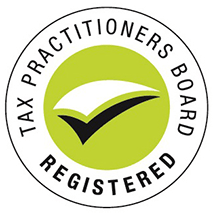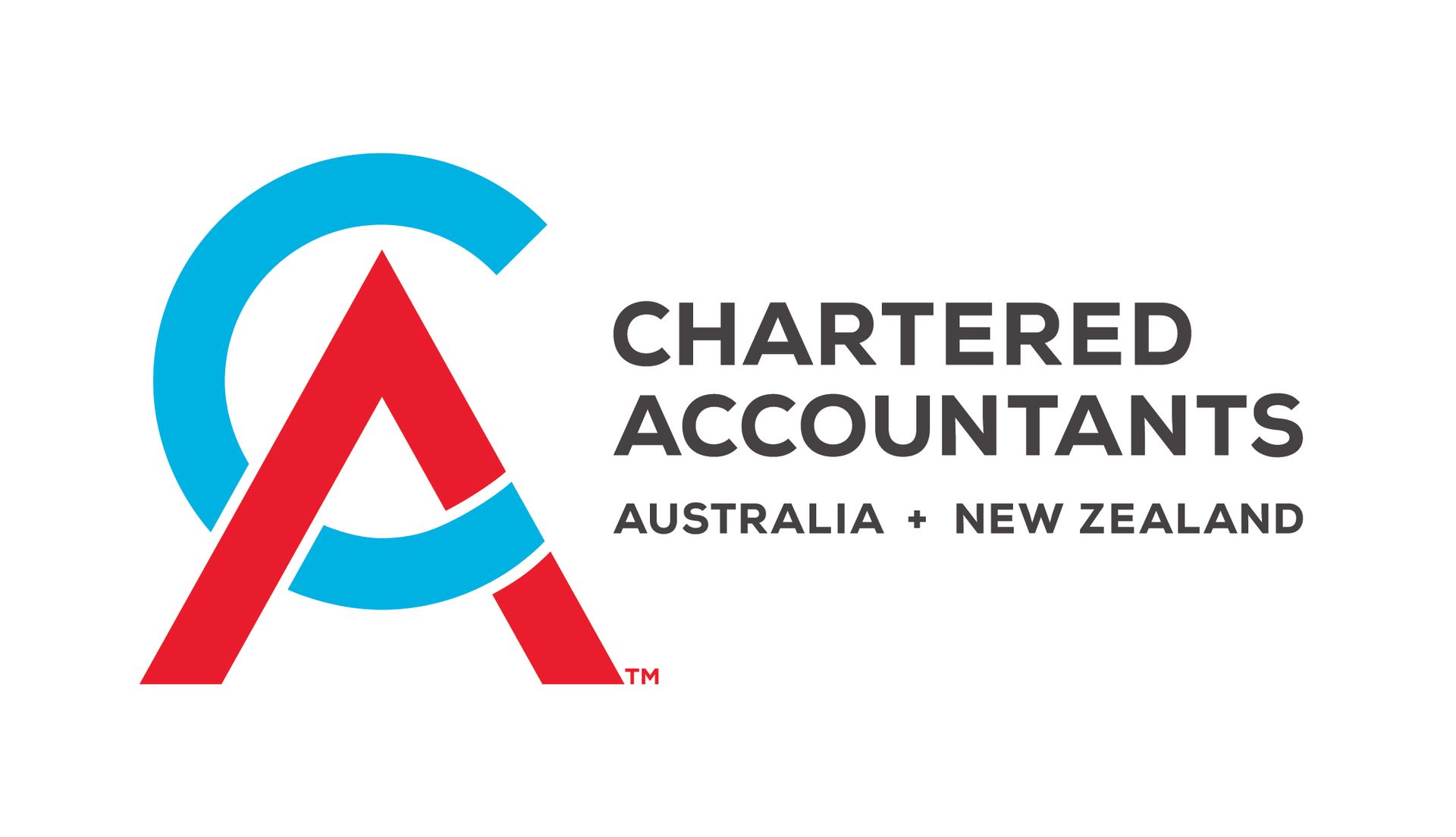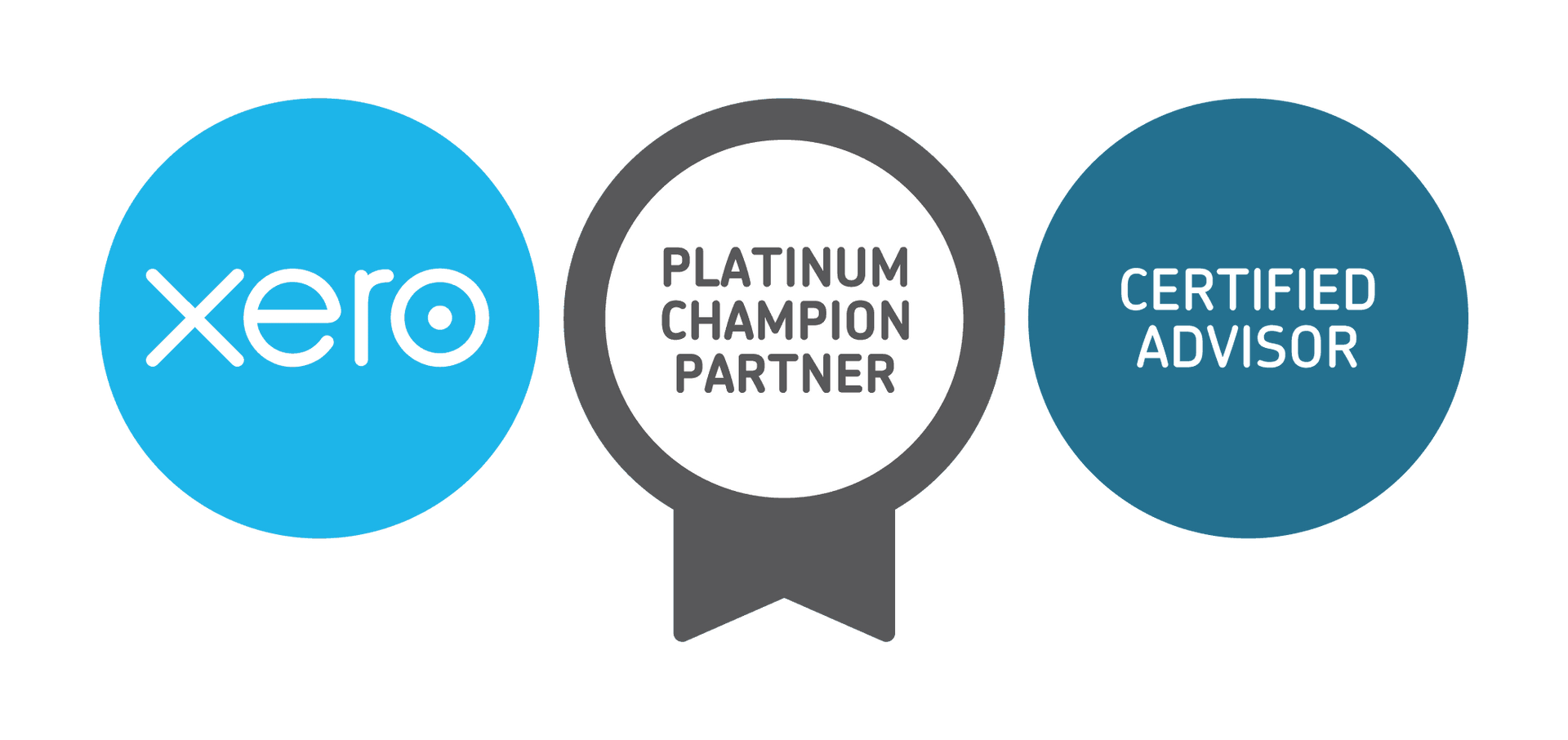Planning for retirement? Start with these 5 steps

#1: Set clear retirement goals
The very first step in retirement planning is to define what you want your retirement to look like. When you hear the word retirement, what do you think of?
Consider the following questions:
-
When do you want to retire? Determine your ideal retirement age, keeping in mind that it may affect your savings strategy. While most of us may dream of retiring early, there are generally two retirement age rules that affect when most Australians can retire. These retirement age rules are the same for both men and women.
-
Age 60 : this is the earliest age where it’s possible to access your retirement savings under the ‘retirement’ condition of release or start a ‘transition to retirement’ pension.
-
Age 67: this is the age when you can access Australia’s Age Pension, provided that you meet the eligibility criteria – which includes a residency test, income test and assets test.
-
What lifestyle do you envision? Think about where you want to live, what activities you want to pursue and whether you plan to travel. Maybe it’s extensive travel, volunteering for a charity, spending more time with your family and friends or even still working part-time.
-
What are your anticipated expenses? Estimate your future costs, including housing, healthcare, travel and leisure activities. You may also want to financially help your children or grandchildren.
Having a clear vision will help you set specific, measurable goals.
#2: Assess your current financial situation
Next, take stock of your current finances to understand your starting point. This includes:
-
Income sources: Identify all sources of income, such as salaries, rental income or investment returns.
-
Assets and liabilities: List your assets (savings, investments, property) and liabilities (mortgage, loans) to gauge your net worth.
This assessment will help you determine how much you need to save and invest to reach your retirement goals.
You should also understand how much you currently have in super. Super is a long term investment vehicle that carries you through two phases of life. There is an accumulation phase followed by a retirement phase but it’s important to note that these aren’t mutually exclusive.
You can have some of your super in an accumulation account and some in a retirement account as you navigate your way between the two. Understanding the difference is important though, as each phase has different tax treatment, rules and potential strategies.
#3: Estimate your retirement income needs
So, how much is enough? While we all hope for a simple answer, how much money you need in retirement differs for everyone.
How much are you spending today? Do you think you’ll spend more, less or the same in retirement? And by how much: 5%, 10%?
Consider:
-
Government benefits: understand your eligibility for the Age Pension. For information about payments for veterans, see income support on the Department of Veteran’s Affairs (DVA) website. For other types of payments, including carers allowance, use Centrelink’s payment finder.
-
Pension plans: if you have a pension, understand its benefits and when they will be available.
-
Withdrawals from retirement accounts: plan how much you’ll need to withdraw from your savings to cover any gaps.
Consider trying a retirement calculator to determine how much you’re likely to have if you continue saving at your current rate and compare that to how much Association of Superannuation Funds of Australia (ASFA) indicates you might need.
#4: Create a savings and investment strategy
With your retirement income needs estimated, develop a strategy to accumulate the necessary funds. This involves:
-
Setting a savings target: Based on your income needs and how much you’ve saved so far, determine how much you need to save annually.
-
Choose appropriate investment options: Decide how to invest your savings, balancing risk and return. Diversification is key to managing risk in retirement. As you approach retirement you may prefer to dial down the risk of your investments (both inside and outside of super) and opt for a more conservative strategy. Speak to a financial planner – they can help you with this. It is also important that you understand and review how your super is invested.
#5: Monitor and adjust your plan
Retirement planning is not a one-time task; it requires ongoing monitoring and adjustments. Regularly review your financial situation, savings progress and market performance. Consider:
-
Life changes: Major events, such as marriage, divorce, or the birth of a child or grandchild, can impact your retirement plans.
-
Review your investments approach : Regularly review your investments to ensure they still meet your financial goals, risk level and personal circumstances. A financial planner can also assist you with this.
-
Manage withdrawal rates: Be aware of how much you’re withdrawing from your pension (if you have one) each year to avoid going through your savings too quickly.
Establish a routine for annual reviews or consult a financial planner to keep your plan aligned with your goals.
#Extra tip: start planning today
Whether you’re 25 or 55, it’s never too early or too late to start preparing. The earlier you start planning for retirement, the more prepared you'll be for the future you envision. And by acting early, you can take advantage of compound interest, allowing your savings to grow significantly over time.
Plus, starting early gives you the flexibility to navigate unexpected expenses and life changes without financial stress.
Don’t wait for the perfect moment – begin mapping out your retirement goals today. Your future self will thank you!
Source: MLC













